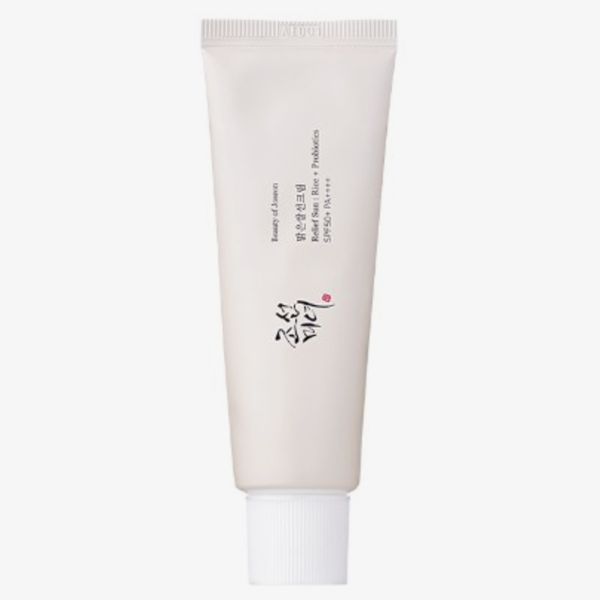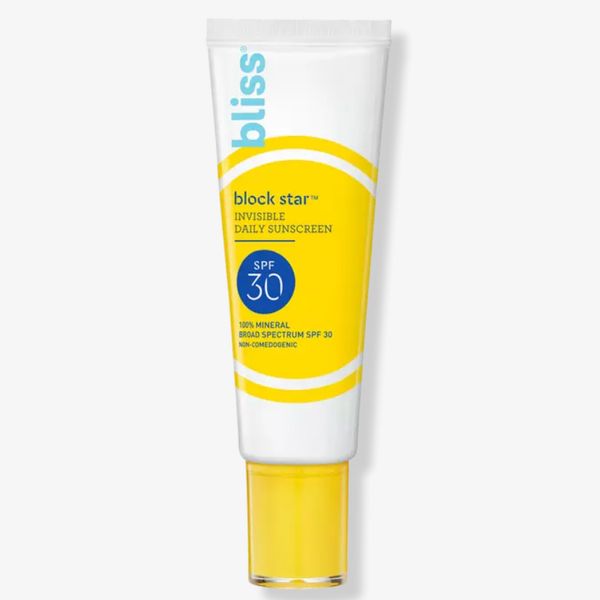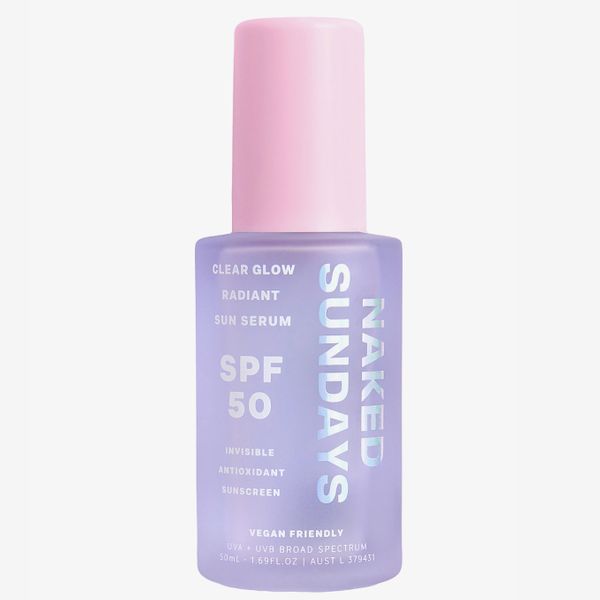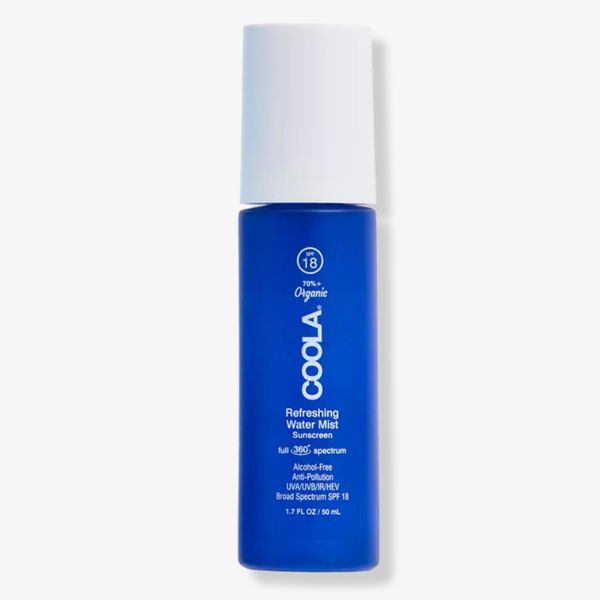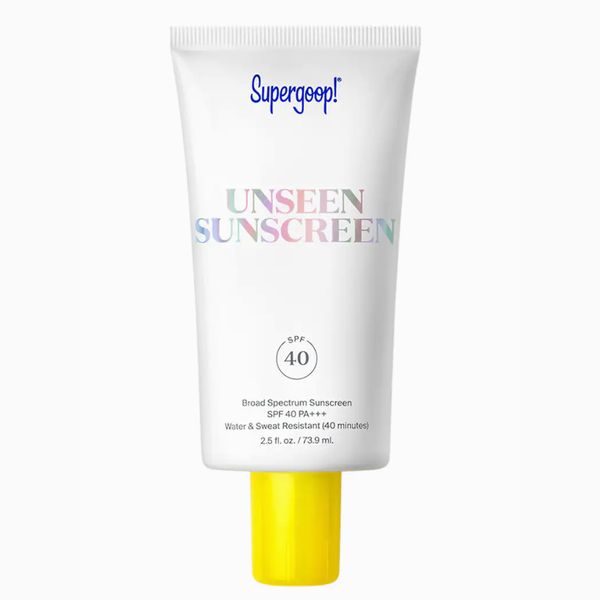
In winter and summer, indoors and out, if you have light skin or dark skin, on sunny days and cloudy days: Wear the freaking sunscreen — at least on your face and exposed skin (heavy clothing like denim has a UPF of 2000, so you don’t have to put it on your body). About 90 percent of nonmelanoma skin cancers are caused by UV exposure, and the general consensus of dermatologists is that wearing broad-spectrum sunscreen helps reduce your cancer risk. Not concerned about cancer? Here’s another reason for year-round sunscreen: Up to 90 percent of skin aging may be caused by the sun. But if you’re a critical thinker who wants to pressure test the SPF status quo, I’m happy to dig deeper.
Another stat I’ve seen dermatologists (and journalists) deploy to convince people to wear sunscreen in winter is that snow can reflect up to 90 percent of UV radiation. Honestly, I hate that argument. There are large swaths of the country that rarely see flakes, and the majority of Americans live in cities where snow quickly gets covered with a less reflective coating of dirt and God knows what else. That’s probably why Dr. Elizabeth Hale, a New York City dermatologist and senior vice-president of the Skin Cancer Foundation, told me not to focus on snow cover or sun strength when considering whether to wear sunscreen in winter. For her, it’s all about UVA rays. “We’ve grown accustomed to using sunscreen to prevent sunburns, which are caused by UVB rays,” she says. “And it’s true those aren’t as prevalent in winter.” But, she points out, UVA rays penetrate more deeply into the skin, contribute to both skin cancer and skin aging, and actually make up the majority of sunlight (95 percent!) year round.
“What if it’s not sunny?” you might ask. UV light is still there, “often at surprisingly high levels,” says Seattle dermatologist Dr. Heather D. Rogers, the founder and CEO of Doctor Rogers Skin Care. In fact, she says, clouds can actually increase UV radiation.
I’ll admit that the oft-cited stat about sunlight being responsible for 90 percent of skin aging comes from a paper that was published 32 years ago. So it could be an overestimate (past research is rife with racial disparities, and we now know things like pollution and diet also affect skin’s appearance). But Dr. Rogers sent me a link to a more recent study that suggests 80 percent of the signs of aging in Caucasian women are caused by the sun. And UV exposure also contributes to visible aging in skin of color, though the changes tend to be less severe and occur later in life. That said, “people who have more melanin in their skin are at increased risk for getting some types of pigmentary disorders, hyperpigmentation, and even things like post-acne dark spots,” according to Dr. Hale. “Those brownish spots can be more annoying than acne itself, and sunscreen helps to prevent them.”
Still not convinced? Let’s talk money. There’s absolutely no point in buying expensive serums or face gadgets if you’re not protecting your investment in better skin with sunscreen. Cost per ounce, sunscreen tends to be one of the cheapest, most effective anti-aging products available. It not only prevents sun damage, it may actually reverse skin aging, according to this study. (I’m always amazed at how excited people get about the latest skin-care launches when most of those products aren’t supported by data as impressive as that sunscreen study.)
There’s one final argument against sunscreen use in winter that I’m willing to entertain — and, no, it’s not about vitamin D (Australian researchers are currently studying whether sunscreen affects vitamin D levels, and regardless of the outcome, you can always take a vitamin D supplement). It’s the argument that sunscreen is not fun to wear. Lots of them still leave a white cast on dark skin, some of them exacerbate acne, and others feel heavy or cause makeup to slide around. But I’m going to risk the revocation of my beauty-editor cred with this bold statement: If you haven’t found a sunscreen you like, it’s probably because you haven’t tried enough of them. Below are a few of my all-time favorites. Test them in stores or buy them from retailers like CVS, Ulta Beauty, and Sephora that allow returns on opened purchases, but promise me you’ll at least give them a try.
Sunscreens That Feel Like Skin Care
The best SPF is the one you’ll actually wear — yes, in winter.
I don’t understand how they got SPF 50 to be such a lightweight, unpasty, elegant base, but this lotion is truly amazing. Plus it’s pretty much always on sale at Stylevana (right now for $10.80!).
This does a magical pore-minimizing, line-smoothing thing to your skin that’s so good the sunscreen is almost beside the point. I wear it on days I don’t want to bother with makeup.
Some sunscreens promise no white cast but you have to rub them in for like ten minutes to get them to disappear. This dewy serum starts out invisible and stays that way.
Face sprays that double as sunscreen are great in theory, but they’re often sticky and tacky in practice. This one is water (rather than alcohol) based, so it feels like a hydrating face mist.
I almost hesitated putting this one on my list because it doesn’t need the added hype. Everything you’ve read is true: It’s totally clear and amazing under or over makeup.
Jennifer Sullivan answers all your beauty-related questions with practical advice and zero judgment. Send your questions to AskABeautyEditor@nymag.com. (By emailing, you agree to the terms here.)



